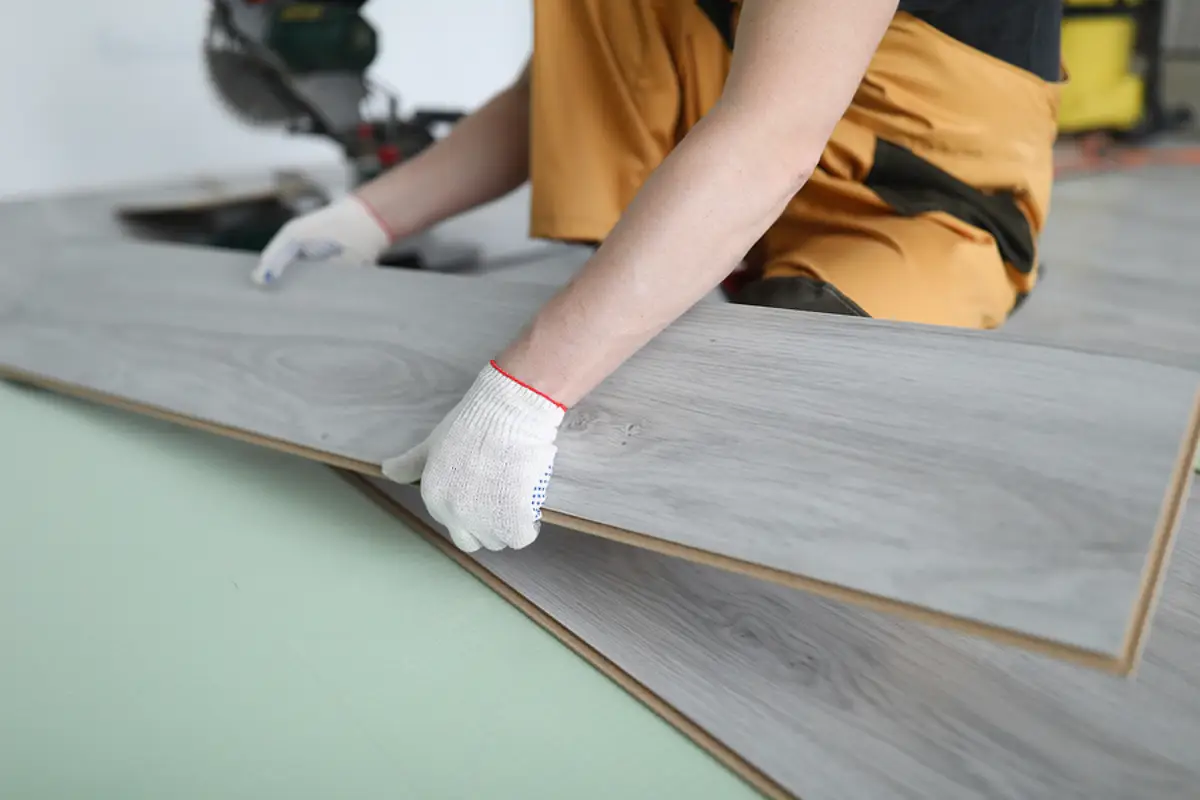Rental properties in Austin operate in a fast-paced, high-demand market, meaning owners need more than just curb appeal to remain competitive. The hot summers, occasional freezes, and unpredictable weather shifts in Central Texas can wear down properties quickly. Waiting until something breaks often results in higher repair costs, tenant turnover, and unnecessary stress.
A structured preventive maintenance strategy can help you stay ahead. At PMI Austin, we offer expert coordination, proactive scheduling, and trusted vendor support to keep your investment performing at its best. If you're unsure where to begin, our resource on handling maintenance requests quickly in Austin is a great place to start.
Key Takeaways
- Preventive maintenance reduces the likelihood of emergency repairs and keeps tenants satisfied.
- Inspections provide early warnings before damage escalates.
- Austin's climate requires planning for heat, drought, and occasional freeze events.
- Clearly defined lease roles help streamline maintenance execution.
- Partnering with a property manager adds consistency and peace of mind.
What Preventive Maintenance Means for Austin Landlords
Preventive maintenance involves the consistent and proactive servicing of a property’s major systems before breakdowns happen. In Austin, where HVAC systems run nearly year-round and flash floods are not uncommon, a hands-on approach to maintenance is essential for both long-term property performance and tenant retention.
Standard Preventive Tasks Include:
- Replacing HVAC filters and servicing AC systems before summer
- Inspecting roofs, flashing, and gutters after major storms
- Sealing doors and windows to prevent heat loss and moisture intrusion
- Checking irrigation systems and outdoor spigots for leaks or clogs
- Servicing water heaters and inspecting for sediment build-up
- Ensuring smoke detectors, carbon monoxide detectors, and fire extinguishers are in working condition
Ignoring these details increases the risk of expensive repairs and decreases tenant satisfaction. Staying proactive is a better—and more affordable—choice.
How Preventive Maintenance Pays Off
Though it requires time and resources upfront, preventive maintenance delivers long-term savings and property value protection.
1. Fewer Costly Repairs
A small crack in a pipe or worn shingle can lead to major damage if ignored. Early repairs prevent water intrusion, mold, and structural problems.
2. Extended Lifespan of Systems
In Austin, AC systems work overtime during summer. Regular maintenance can prolong system life by several years, avoiding premature replacements.
3. Minimized Emergency Calls
Late-night or weekend repair calls for water heater breakdowns or HVAC failures can be expensive. Preventive servicing lowers the chance of last-minute disruptions.
4. Stronger Tenant Relationships
Tenants feel more secure and cared for in properties that are well-maintained. This can lead to better communication, longer tenancies, and fewer complaints.
5. Improved Efficiency and Utility Savings
Efficient appliances and properly sealed doors and windows reduce utility bills—an attractive feature for tenants and landlords alike.
Climate-Specific Maintenance for Austin Properties
Austin’s weather brings its own set of challenges for property upkeep. From heatwaves to hailstorms, landlords need a plan tailored to the region’s unpredictability.
Heat and Sun Exposure
- Check roofing materials for signs of wear or cracking from UV exposure.
- Install UV window treatments to protect interior flooring and furniture.
- Ensure attic ventilation is functional to avoid heat buildup.
Winter Freezes and Cold Snaps
- Insulate exposed pipes to prevent bursts.
- Disconnect and drain exterior hoses before winter.
- Check weather stripping and sealant around doors and windows.
Flash Flooding and Storms
- Inspect foundation drainage and landscape grading.
- Keep gutters clear to prevent water overflow during storms.
- Test sump pumps or French drains if applicable.
Planning ahead for seasonal extremes helps you protect your asset and provide a safer living environment. For additional guidance, our blog on apartment complex management tips includes useful checklists for building-wide maintenance in Austin.
The Importance of Property Inspections
Regular inspections are one of the most effective ways to stay ahead of maintenance issues. Whether you're managing a single-family rental or a larger complex, inspections allow you to spot red flags before they become emergencies.
Move-In Inspections
- Document every room’s condition with date-stamped photos
- Confirm cleanliness, appliance function, and property expectations
Mid-Lease Inspections
- Identify issues like slow leaks, pest activity, or tenant damage
- Check HVAC systems, plumbing, and tenant upkeep compliance
Move-Out Inspections
- Compare the condition to move-in records for deposit resolution
- List needed repairs, upgrades, or cleaning before relisting
Consistent inspections are also crucial for liability protection and tenant accountability. A well-documented process ensures smoother transitions between occupants and fewer disputes.
Assigning Responsibilities in the Lease Agreement
Texas landlords are required by law to provide a safe, habitable property, but some routine tasks can be passed to the tenant when clearly outlined in the lease.
Landlord Responsibilities
- Structural repairs (roof, foundation)
- Plumbing, electrical, and HVAC system maintenance
- Pest prevention and code compliance
Tenant Responsibilities (if written into the lease)
- Changing light bulbs, air filters, and batteries
- Basic lawn care or trash management
- Reporting maintenance issues promptly
Clarifying expectations up front reduces confusion and helps maintenance requests move efficiently through the proper channels. You can also reinforce this with a digital portal where tenants submit repair requests, helping track and prioritize issues.
The Role of a Property Manager in Maintenance Success
Keeping up with ongoing maintenance, tenant communication, and vendor coordination is time-consuming, especially for landlords managing multiple properties. A property manager helps centralize and streamline these responsibilities.
What PMI Austin Provides:
- Property-specific maintenance calendars
- 24/7 response coverage for tenant repair emergencies
- A network of reliable, licensed contractors and service providers
- Digital tracking of maintenance logs and inspection reports
- Tenant portals for easy service requests and updates
Instead of reacting to issues as they arise, PMI Austin builds a long-term plan around your property’s unique needs—whether it's a single rental or a multi-unit complex. Our team ensures you're never caught off guard and that your asset stays in top shape.
To explore how our services simplify your workflow, check out our article on why hiring a property manager pays off.
Conclusion
In Austin’s fast-growing rental market, staying competitive means more than offering good amenities or location. Proactive maintenance planning protects your property’s value, improves tenant relationships, and reduces the frequency and cost of emergency repairs.
PMI Austin helps property owners take control of maintenance through reliable systems, expert support, and local experience. Contact our team today to build a customized plan that fits your rental and your goals.
FAQs
How often should I inspect my Austin rental property?
At minimum, you should inspect at move-in, mid-lease, and move-out. Seasonal inspections are also beneficial in Austin’s shifting climate.
What is preventive maintenance for landlords?
It’s a proactive system of regular checkups, cleanings, and minor repairs to avoid larger, more expensive breakdowns.
Can tenants handle basic maintenance tasks?
Yes—if clearly defined in the lease. Tasks like replacing filters, light bulbs, or lawn care are commonly assigned.
What are the most common maintenance issues in Austin?
HVAC system wear, weather-related roof damage, plumbing clogs, and landscape drainage are among the most common.
How does PMI Austin handle maintenance requests?
We offer 24/7 maintenance response, vendor coordination, inspection scheduling, and digital portals for easy communication and tracking.


